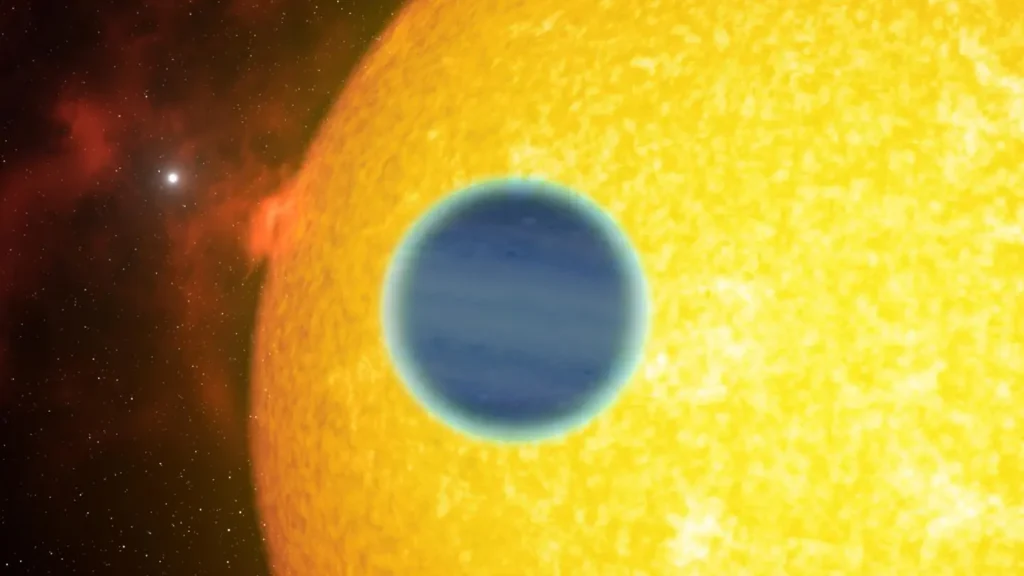Researchers working with the TESS telescope have announced the discovery of a previously unknown exoplanet. It has an abnormally low density, which is comparable to the density of cotton candy.

The discovery was made in the course of data obtained by the TESS space telescope. It managed to record periodic changes in the brightness of the star TOI-1420. This is a fairly old yellow dwarf, which is 10.7 billion years old. It is located at a distance of 658 light-years from Earth.
Every 7 days, the brightness of TOI-1420 decreases. This is due to the fact that the star has at least one companion. It’s a gas giant. Its radius exceeds the radius of the Earth by almost 12 times. During subsequent observations, astronomers also managed to measure the mass of the exoplanet. It exceeds the mass of the Earth by only 25 times. Thus, the average density of the newly discovered world is 0.082 g/cm2. For comparison, Saturn‘s density is 0.67 g/cm3.
According to astronomers, the found exoplanet is the largest world that has a mass of less than 50 Earth masses. Apparently, it has an extensive helium-hydrogen shell. The models created by astronomers have shown that the atmosphere of an exoplanet can account for about 82% of its total mass, while the mass of its core is four times the mass of the Earth.
So far, researchers do not know what explains the small density of the exoplanet. Perhaps this has something to do with the fact that its orbit passes at a distance of 0.07 AU from the star (almost five times closer than the distance between Mercury and the Sun). Because of this, the atmosphere of the exoplanet is heated to almost 700 °C. At the same time, astronomers know of many other, much hotter worlds that do not show the same “bloat”. So they plan to continue studying the exoplanet to uncover the mystery of its low density.
Earlier we talked about how astronomers found an even less dense exoplanet.
According to https://phys.org
Follow us on Twitter to get the most interesting space news in time
https://twitter.com/ust_magazine
